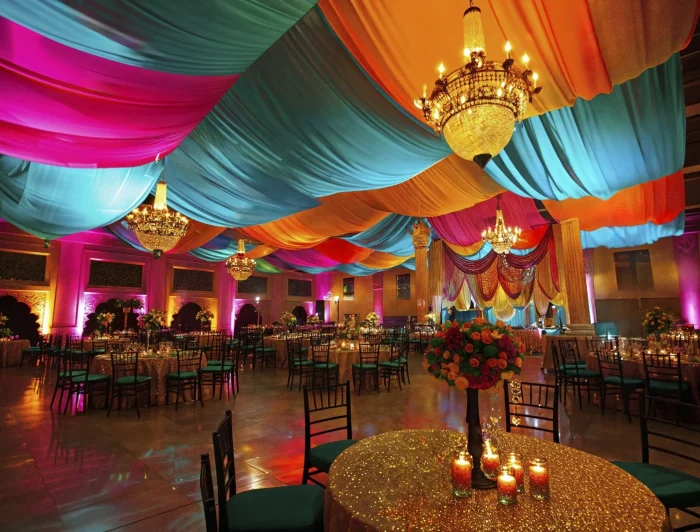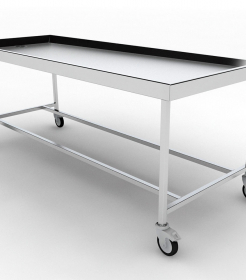The Heart of Gatherings: Why Auditoriums and Convention Centers Matter More Than Ever
In every city, town, or even university campus, there’s a space that silently plays host to the dreams, achievements, and milestones of a community — the auditorium or convention center.
Whether it’s a child’s first school play, a corporate seminar, a national conference, or a cultural celebration, these venues are more than just buildings with seats and a stage. They are the heartbeat of collective experiences.
More Than Just a Stage
When people think of an auditorium, they might picture a large hall with rows of chairs and a big stage up front. Convention centers might bring to mind images of massive exhibition halls filled with booths and banners. But these places are so much more than that.
They are platforms for expression, learning, and celebration. Think of the nervous student stepping onto the stage to recite a poem for the first time. Or a business leader unveiling an innovative idea to hundreds of listeners. These spaces provide not just a physical stage but an emotional one as well — a place where voices are heard and memories are made.
The Evolution of Design and Technology
Modern auditoriums and convention centers have come a long way from the old cement halls and creaky seats. Today, they are designed with acoustics, lighting, comfort, and accessibility in mind.
Sound engineers now design spaces to carry every note of music or word of speech clearly to the back row. LED lighting and digital projection systems allow for immersive experiences. Seating is often ergonomic, making long programs more bearable. There are also features like ramps, audio assist systems, and Braille signage to ensure everyone — regardless of ability — can enjoy the event.
In convention centers, the shift is even more dramatic. Many are now smart buildings, equipped with high-speed internet, live streaming capabilities, and modular layouts that can be adapted for trade shows, weddings, seminars, or even medical camps.
Community Connectors
One of the most beautiful aspects of auditoriums and convention halls is how they bring people together. These spaces are neutral grounds. When people walk in, they leave behind their job titles, social statuses, and daily worries. Everyone becomes part of an audience, a group, a community.
Local schools use auditoriums for annual days and parent meetings. NGOs use them for awareness drives. Musicians and theatre artists rehearse for weeks to deliver just one unforgettable evening. And during crises — like floods or pandemics — many of these spaces turn into shelters or community kitchens.
In other words, they’re not just buildings. They’re bridges.
Boosting Local Economies
Beyond the social impact, convention centers in particular play a huge role in local economies. When a city hosts a big medical conference, or an international tech expo, it brings in visitors from around the world. Hotels, restaurants, taxis, and local shops all benefit.
Small businesses also get a chance to showcase their products in front of a bigger audience. Artists and artisans often find new clients. And for the youth, volunteering or interning at such events offers invaluable exposure.
So, investing in a good convention space is not just about prestige. It’s a smart economic move for cities and towns looking to grow sustainably.
The Future: Flexible, Green, and Inclusive
As the world moves towards hybrid events and sustainability, the future of auditoriums and convention centers lies in being adaptable and eco-friendly. More venues are incorporating solar panels, rainwater harvesting, and green building materials.
Meanwhile, technology is allowing organizers to host hybrid events — where some people attend in person and others join online from anywhere in the world. This increases reach while reducing the carbon footprint.
Inclusivity is also becoming a central concern. Future-ready venues are designing for people of all backgrounds, with sensory-friendly areas, gender-neutral restrooms, and multilingual support.
Final Thoughts
Behind every curtain call, every applause, and every handshake at a convention lies the effort of hundreds — architects, technicians, planners, ushers, and even janitors — who make these venues come alive.
So next time you attend an event, take a moment to appreciate the space around you. Because whether you’re in the front row or behind the scenes, auditoriums and convention centers are where magic happens — quietly, gracefully, and powerfully.
-->
 +91 8943000777
+91 8943000777





